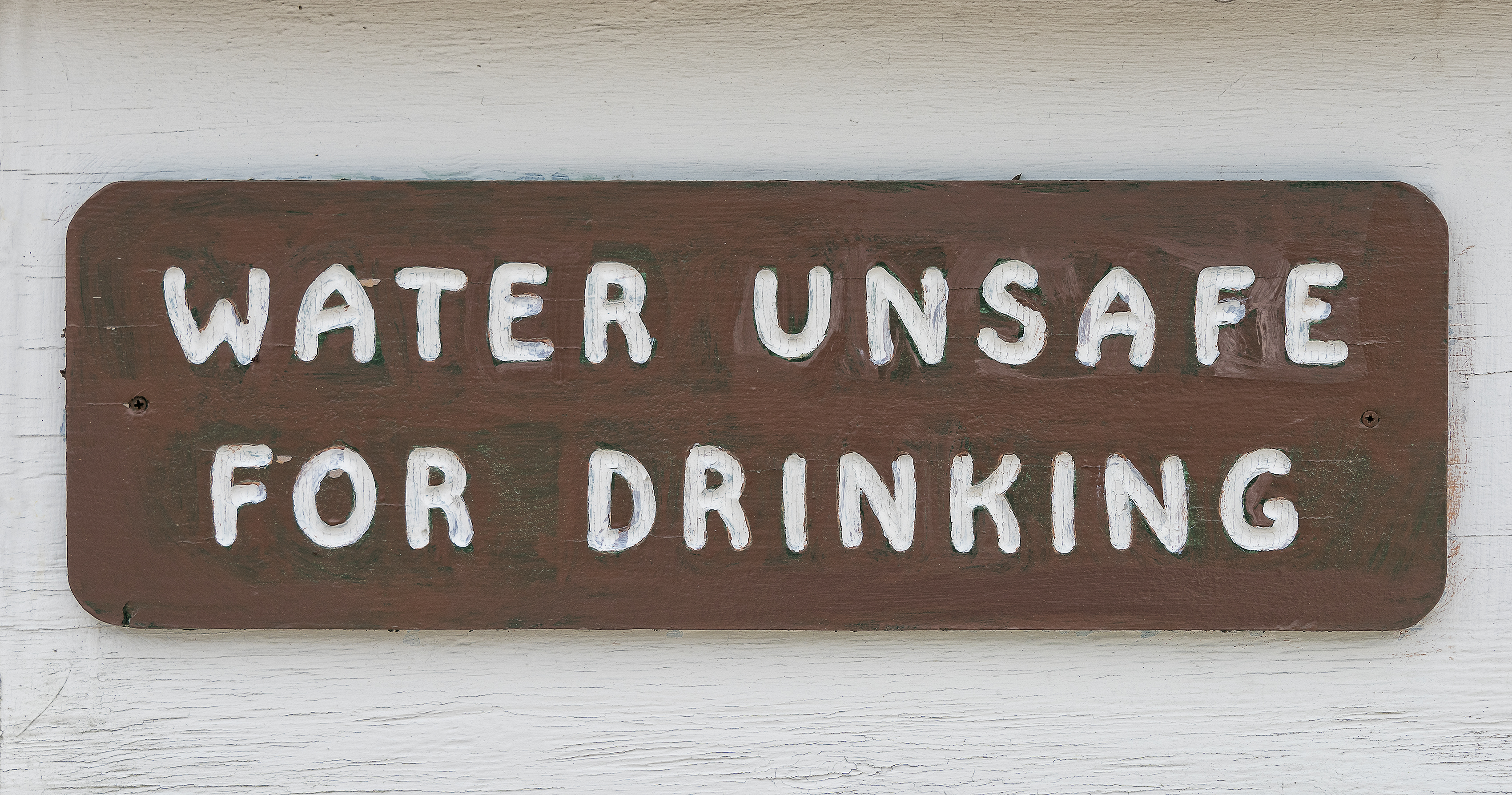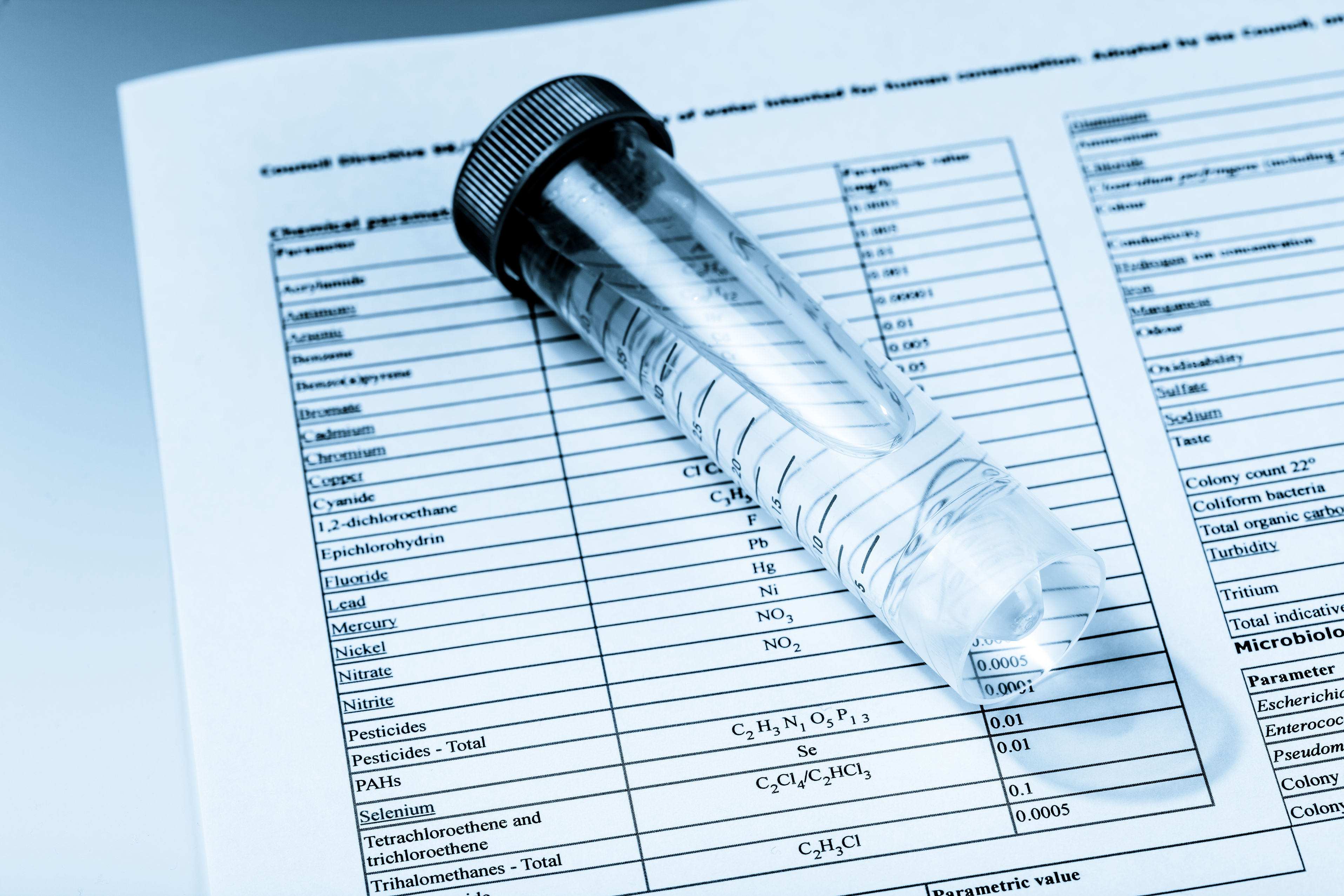Is There Lead in Your NY Home? How to Find Out
Lead poisoning has devastating effects. Prolonged lead exposure leads to brain and nervous system damage and mental disability, particularly in children. It also increases the risk of high blood pressure, heart disease, infertility, and many other health problems.
New York City has long been attempting to eliminate lead toxicity, particularly in children. However, a recent study identified that at least 10% of children tested positive for potential lead toxicity in 69 census tracts of New York City.
Not only is this is a huge problem, it is completely unacceptable in this day and age. If you are a New York City resident, it’s time to protect your family from lead poisoning by reducing the risk of lead exposure. If you have young children, this is especially critical.
What are the signs of potential lead contamination? How can you tell for sure? Moreover, what should you do if you find that lead is present in your home?
Because the symptoms of lead poisoning may not show up for a long time, one of the most important things you can do is to be proactive about identifying potential sources of lead.
Sources of Lead in New York City Homes
The two primary sources of lead contamination in homes are drinking water and lead-based paint. Surfaces in the home can become contaminated by dust from lead-based paint. Soil, old toys, jewelry or furniture are additional sources. Let’s look at each source in more detail.
Water
Pipes in older homes may contain lead and even newer fixtures may contain some lead. This can cause lead contamination of tap water. Installing an NSF-approved filter at the tap may reduce some risk of lead poisoning from tap water.
Paint
Residential lead-based paint was outlawed in 1960 in New York. However, any buildings constructed prior to this year likely contain lead-based paint unless they have been professionally de-leaded. In our city, that unfortunately includes a lot of residential housing.
Countertops, Floors and Windows
As mentioned above, dust from lead-based paint can contaminate surfaces in the home. This is most common on countertops, floors, and window sills. Keeping these surfaces well-dusted, particularly after any construction work, reduces the risk of lead exposure.
Soil
Lead is naturally occurring and can sometimes be found at high levels in soil. Soil can also become contaminated by exterior lead-based paints or by past use of lead-containing gasoline in cars. To reduce exposure to soil lead, leave shoes at the door or use door mats and wash hands after working or playing outside.
Urban Farming
If local soil is lead-contaminated, produce from urban farming could contain lead. Root vegetables such as carrots are likely to contain the most lead.
Painted Toys, Furniture, and Toy Jewelry
Antique toys, furniture and toy jewelry may be painted with lead-based paint. Keep these items away from young children who could ingest lead by biting or swallowing objects.
Testing for Lead in New York
Fortunately, there are ways to test for lead in your home in order to ensure the safety of your family.
Drinking Water
You can request a free kit to test your drinking water for lead through the Free Residential Lead Testing Program.
Lead-Based Paint Hazards
Landlords are required to identify and address lead-based paint hazards in apartments where young children dwell. A multi-dwelling unit must be tested for lead paint if it was built before 1960 or if a child under the age of six lives in an apartment.
Speak to your landlord regarding lead testing in your apartment. Ask to see records of prior testing for lead-based paint. If your landlord is not cooperative, call 311 to contact the Housing and Preservation Department.
Soil
Some agriculture extension programs will conduct free or low-cost soil lead testing. Contact the Cornell Cooperative Extension Program if you would like to test your soil for lead.
How New Yorkers Can Remove Lead Hazards
If you find that your home is contaminated with lead, it’s not time to break out the putty knife. In fact, attempting to remove lead-based paint can actually increase your family’s risk of lead exposure. Your home will need to be professionally de-leaded in order to address the hazard.
If your home tests positive for lead, your landlord will be required to perform lead removal. Talk to your landlord and to the city’s Housing and Preservation Department.
If you find that lead is present in your home and suspect that your loved one may have been sickened by lead poisoning, talk to a personal injury attorney immediately by reachingui89 out to our office. He can help you document the potential lead poisoning and fight to get the compensation you deserve.
This website contains “Attorney Advertising.” It is designed for general information only and should not be construed to be formal legal advice. Prior results cannot and do not guarantee a similar outcome. Please contact us by telephone or email. Be advised that using any method of communication to contact us does not create an attorney – client relationship. In order for this office to represent you, we must enter into a written retainer agreement. Simply contacting us does not create an attorney-client relationship. Please do not send any confidential information to this office until after a signed retainer has been entered into by you and this office.


